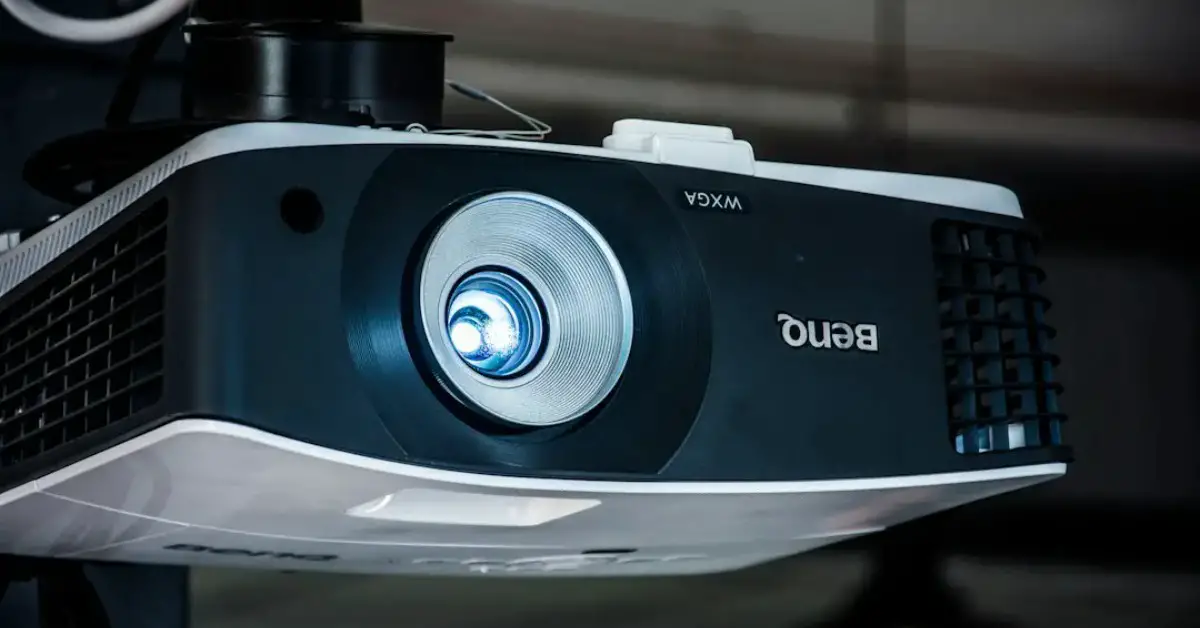Input lag can significantly impact the usability and enjoyment of your projector, causing delays between input signals and on-screen responses. Whether you’re using your projector for presentations or entertainment purposes, mitigating input lag is essential for achieving smooth and responsive performance. In this guide, we’ll explore practical solutions to fix input lag on your projector, ensuring a seamless viewing experience with minimal delays.
Table of Contents
How to fix the Input Lag on Your Projector
Input lag, characterized by delays between input signals and on-screen responses, can hinder the functionality and user experience of your projector. By implementing the following strategies, you can effectively reduce input lag and optimize performance for smoother presentations and entertainment.
Input lag on your projector can result from various factors, including signal processing, display settings, and connectivity issues. By addressing these factors systematically, you can minimize input lag and enhance the responsiveness of your projector.
Is it possible to fix screen delay in my projector?
Yes, it is possible to fix screen delay (input lag) in your projector by implementing the following measures:
- Update Firmware: Ensure your projector’s firmware is up to date, as manufacturers often release updates to improve performance and address input lag issues.
- Optimize Display Settings: Adjust display settings such as resolution, refresh rate, and picture mode to minimize input lag and achieve optimal performance.
- Reduce Signal Processing: Disable unnecessary image processing features such as motion enhancement and noise reduction, as these can contribute to input lag.
- Check Connectivity: Use high-quality HDMI cables and ensure a stable connection between your input device and projector to minimize signal delay.
- Gaming Mode: If available, enable gaming mode on your projector, as it typically reduces input lag by prioritizing responsiveness over image processing.
By implementing these measures, you can effectively reduce screen delay (input lag) in your projector and enjoy a smoother viewing experience with minimal delays.
How do I make my HDMI less laggy?
To make your HDMI connection less laggy and optimize performance, consider the following steps:
- Use High-Speed HDMI Cables: Ensure you’re using high-speed HDMI cables capable of handling the bandwidth required for high-definition content without introducing additional lag.
- Reduce Cable Length: Minimize the length of your HDMI cable, as longer cables can introduce signal degradation and increase latency.
- Check HDMI Ports: Inspect the HDMI ports on both your input device and projector for any physical damage or debris that may interfere with the connection. Clean the ports if necessary.
- Update Firmware: Ensure your projector’s firmware is up to date, as manufacturers often release updates to improve HDMI compatibility and reduce input lag.
- Enable Game Mode: If your projector offers a gaming mode, enable it to prioritize responsiveness and minimize input lag when gaming or watching fast-paced content.
By following these steps and optimizing your HDMI connection, you can make it less laggy and enjoy smoother, more responsive performance with your projector.
Conclusion
Input lag can significantly affect the usability and enjoyment of your projector, causing delays between input signals and on-screen responses. By implementing the strategies outlined in this guide, such as updating firmware, optimizing display settings, and improving HDMI connectivity, you can effectively fix input lag on your projector and enhance your viewing experience with smoother presentations and entertainment. Say goodbye to frustrating delays and enjoy seamless performance with your projector by addressing input lag effectively.

